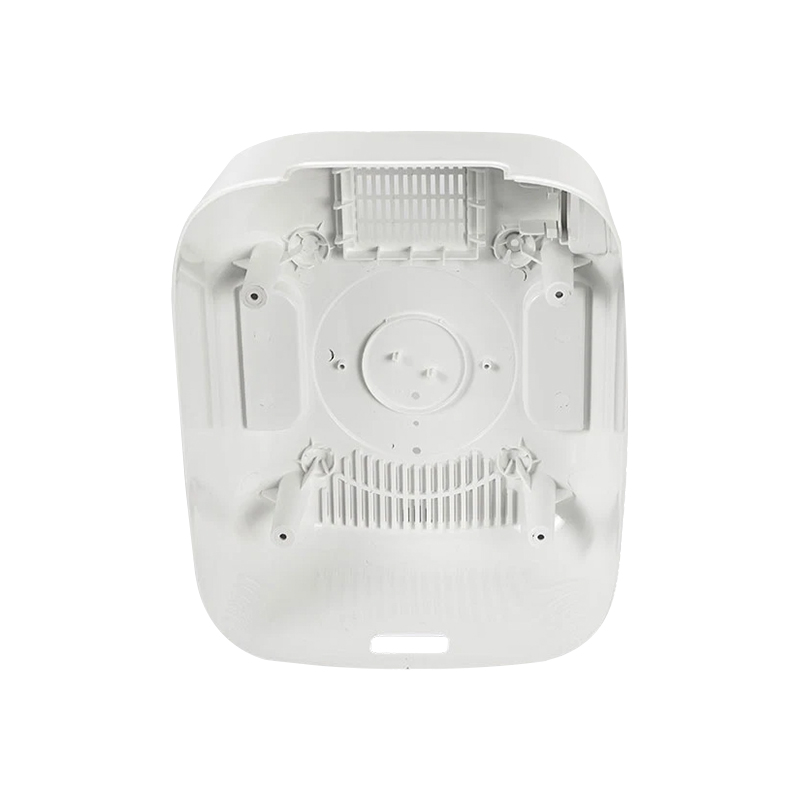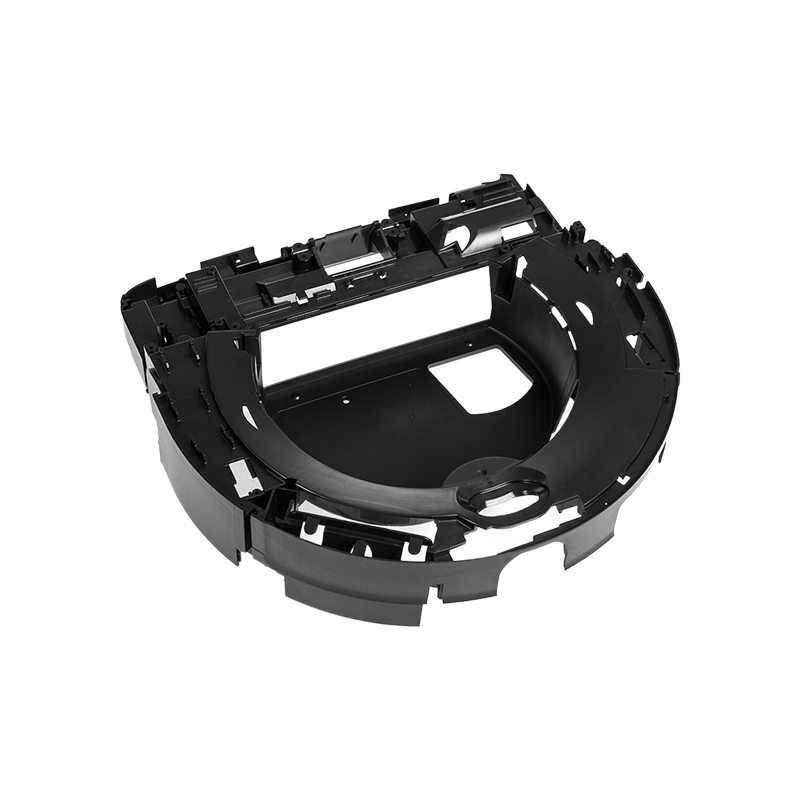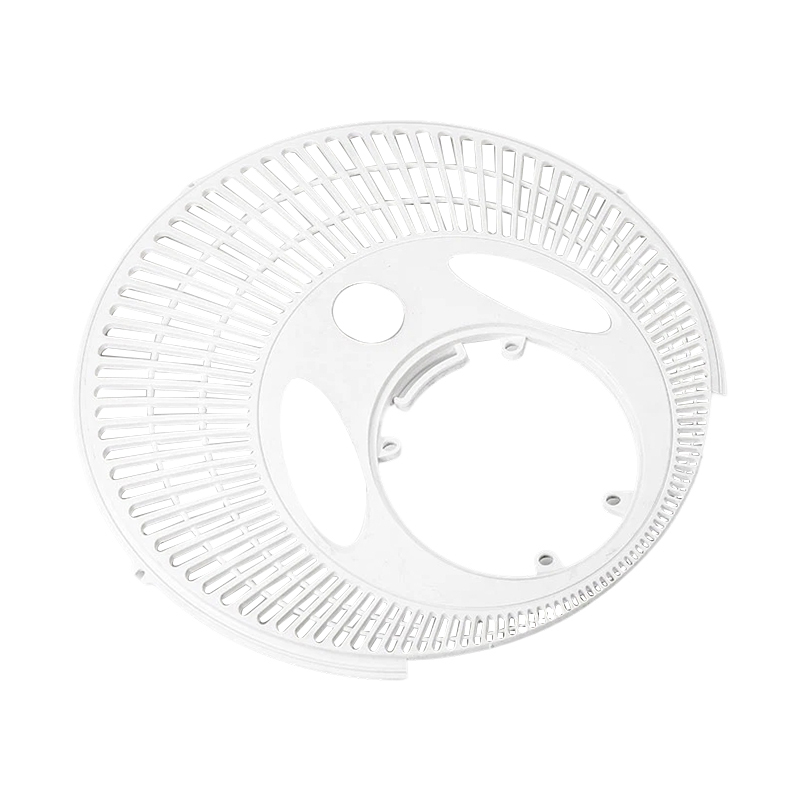How does lightweight design of auto parts affect the overall performance and fuel efficiency of the vehicle?
Release Time : 2025-04-05
Lightweight design of auto parts has become a key technology in modern automotive engineering, which has a profound impact on the overall performance and fuel efficiency of the vehicle. With increasingly stringent environmental standards and growing consumer demand for high-efficiency, low-emission vehicles, reducing the weight of the vehicle has become one of the key ways to achieve these goals.
First, lightweight design directly improves the fuel efficiency of the vehicle. According to the principles of physics, the greater the mass of a moving object, the more energy is required. Therefore, by replacing heavier materials such as traditional steel with lighter but equally strong materials, the overall mass of the vehicle can be significantly reduced. This not only reduces the inertial force that the engine needs to overcome during acceleration, but also means that the vehicle can travel at a higher speed or achieve a lower fuel consumption level at the same output power. Especially in the case of frequent start-stop traffic in urban traffic environments, the fuel-saving effect brought by lightweight design is particularly obvious. In addition, for electric vehicles, reducing the weight of the body can also increase the battery range, because a lighter body means that the motor drive system does not need to consume too much power to carry the additional mass.
Secondly, lightweight design also plays an important role in improving vehicle handling and driving experience. Lighter body weight helps improve the vehicle's dynamic response speed, making steering more sensitive and braking distance shorter. This means that drivers can control the vehicle more easily, especially in high-speed driving or emergency avoidance situations, and lightweight bodies can provide better stability and safety. At the same time, reducing the burden on the suspension system can also improve ride comfort, because a lighter body will vibrate less, and the bumps felt by passengers will be reduced accordingly.
Furthermore, lightweight design can also help enhance the safety performance of the vehicle. Although it may sound counterintuitive, in fact, the use of high-strength but lighter new materials such as aluminum alloys and carbon fiber composites to manufacture key structural parts (such as frames and anti-collision beams) can significantly reduce weight while ensuring or even improving the rigidity of the body. This approach not only improves the energy absorption capacity during a collision, but also effectively disperses the impact force and protects the occupants from injury. Moreover, because lightweight materials have good plasticity, designers can optimize the body shape according to aerodynamic principles to further reduce the drag coefficient, thereby indirectly improving the safety and economy of the vehicle.
However, achieving lightweight auto parts is not easy, it involves innovative breakthroughs in many fields such as materials science and engineering technology. On the one hand, the R&D cost of new materials is high, the production process is complex, and a lot of money needs to be invested in testing and improvement; on the other hand, the application of new materials is often accompanied by new assembly processes and technical requirements, which puts higher standards on manufacturers. For example, welding aluminum is more difficult than welding steel, and special equipment and skills are required to ensure that the joint strength meets safety standards. Therefore, the automotive industry is actively exploring various solutions, including but not limited to the application of mixed materials, modular design, and the application of intelligent manufacturing technology, striving to meet the lightweight goals while taking into account cost-effectiveness.
In short, the lightweight design of auto parts is a win-win strategy that not only helps improve fuel efficiency and driving experience, but also enhances the safety performance of vehicles. Despite many challenges, with the advancement of technology and the application of new materials, lightweight design will undoubtedly continue to lead the development direction of the future automotive industry and contribute to global energy conservation and emission reduction. Through continuous innovation and optimization, we have reason to believe that future cars will be more environmentally friendly, efficient, safe and reliable.
First, lightweight design directly improves the fuel efficiency of the vehicle. According to the principles of physics, the greater the mass of a moving object, the more energy is required. Therefore, by replacing heavier materials such as traditional steel with lighter but equally strong materials, the overall mass of the vehicle can be significantly reduced. This not only reduces the inertial force that the engine needs to overcome during acceleration, but also means that the vehicle can travel at a higher speed or achieve a lower fuel consumption level at the same output power. Especially in the case of frequent start-stop traffic in urban traffic environments, the fuel-saving effect brought by lightweight design is particularly obvious. In addition, for electric vehicles, reducing the weight of the body can also increase the battery range, because a lighter body means that the motor drive system does not need to consume too much power to carry the additional mass.
Secondly, lightweight design also plays an important role in improving vehicle handling and driving experience. Lighter body weight helps improve the vehicle's dynamic response speed, making steering more sensitive and braking distance shorter. This means that drivers can control the vehicle more easily, especially in high-speed driving or emergency avoidance situations, and lightweight bodies can provide better stability and safety. At the same time, reducing the burden on the suspension system can also improve ride comfort, because a lighter body will vibrate less, and the bumps felt by passengers will be reduced accordingly.
Furthermore, lightweight design can also help enhance the safety performance of the vehicle. Although it may sound counterintuitive, in fact, the use of high-strength but lighter new materials such as aluminum alloys and carbon fiber composites to manufacture key structural parts (such as frames and anti-collision beams) can significantly reduce weight while ensuring or even improving the rigidity of the body. This approach not only improves the energy absorption capacity during a collision, but also effectively disperses the impact force and protects the occupants from injury. Moreover, because lightweight materials have good plasticity, designers can optimize the body shape according to aerodynamic principles to further reduce the drag coefficient, thereby indirectly improving the safety and economy of the vehicle.
However, achieving lightweight auto parts is not easy, it involves innovative breakthroughs in many fields such as materials science and engineering technology. On the one hand, the R&D cost of new materials is high, the production process is complex, and a lot of money needs to be invested in testing and improvement; on the other hand, the application of new materials is often accompanied by new assembly processes and technical requirements, which puts higher standards on manufacturers. For example, welding aluminum is more difficult than welding steel, and special equipment and skills are required to ensure that the joint strength meets safety standards. Therefore, the automotive industry is actively exploring various solutions, including but not limited to the application of mixed materials, modular design, and the application of intelligent manufacturing technology, striving to meet the lightweight goals while taking into account cost-effectiveness.
In short, the lightweight design of auto parts is a win-win strategy that not only helps improve fuel efficiency and driving experience, but also enhances the safety performance of vehicles. Despite many challenges, with the advancement of technology and the application of new materials, lightweight design will undoubtedly continue to lead the development direction of the future automotive industry and contribute to global energy conservation and emission reduction. Through continuous innovation and optimization, we have reason to believe that future cars will be more environmentally friendly, efficient, safe and reliable.








